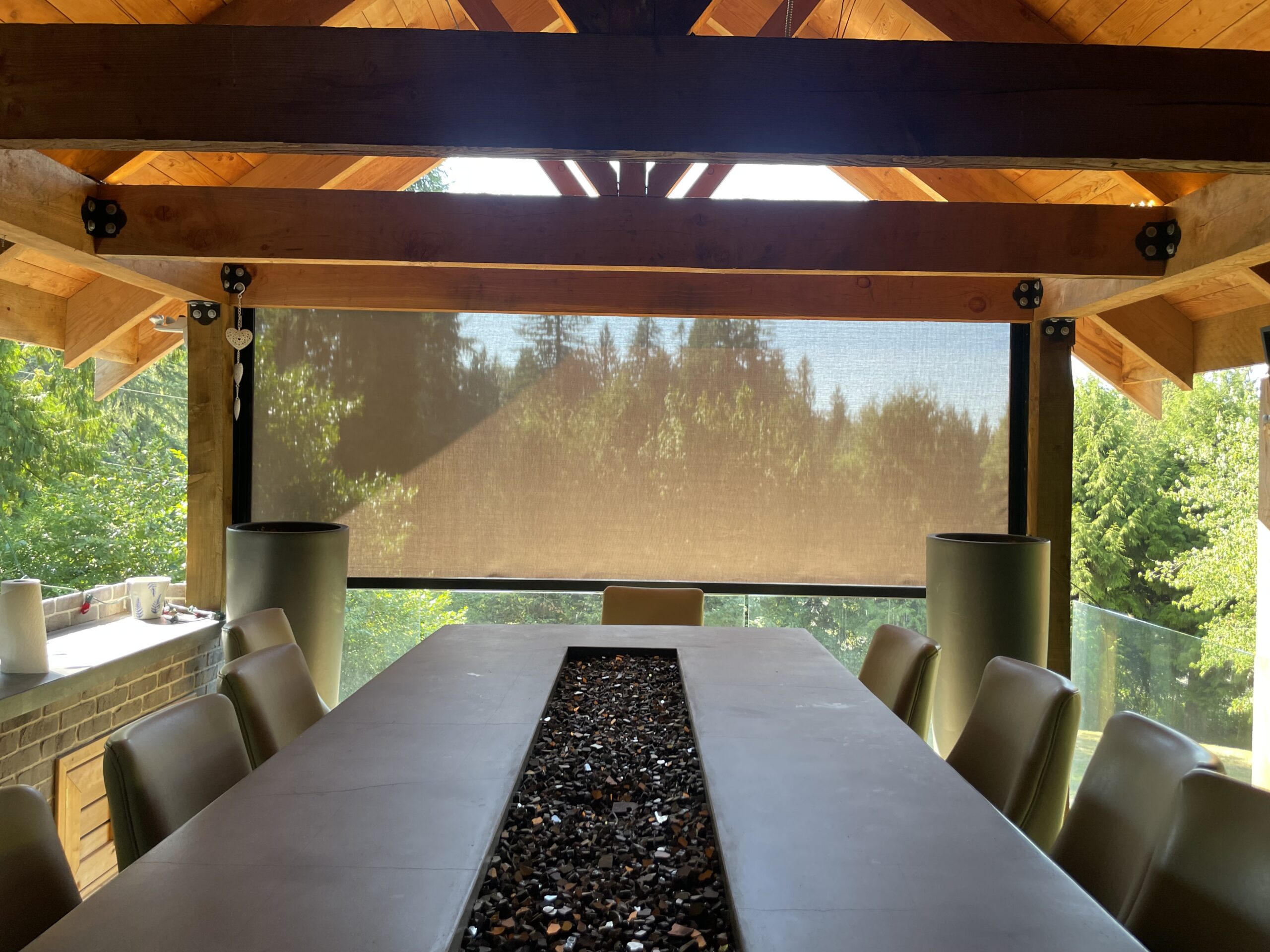![]()
It’s no secret that climate change is making our summers hotter, longer, and more unpredictable. But one of the most dangerous — and least talked about — consequences is playing out in the very spaces where our children are expected to thrive: their classrooms.
Across North America, schools are sweltering during spring and summer months, and the consequences for students are more severe than most educators or policymakers are willing to admit.
The Hidden Cost of Overheated Classrooms
According to a groundbreaking Harvard Kennedy School study (Park, Goodman & Hurwitz, 2020), student performance declines significantly on hot days — particularly for low-income and minority students in poorly ventilated schools. Their research found that every 1° increase in temperature during the school year leads to a 1% decrease in a child’s retention capability — a compounding loss that affects graduation rates, cognitive development, and long-term opportunity.
Another study published in the journal Nature Climate Change showed that students exposed to more days above 80°F scored 13% lower on standardized tests compared to peers in cooler environments. And the damage isn’t limited to grades — prolonged heat exposure in children has been linked to increased stress levels, reduced attention span, sleep disturbances, and even impaired brain development during critical growth stages.
Simply put: heat is an invisible equity issue, and it’s quietly widening the achievement gap.
Why Traditional HVAC Isn’t the Answer
Many schools attempt to “fix” this with air conditioning, but that’s a short-sighted and expensive approach. HVAC systems:
-
Are costly to install and maintain, often exceeding school budgets
-
Consume high amounts of electricity, increasing emissions and monthly bills
-
Struggle to cool spaces effectively when sun exposure is unchecked through windows
-
Often fail during heatwaves due to power grid stress or poor infrastructure
Worse yet, HVAC only treats the symptoms, not the source — and that’s where passive cooling comes in.
Passive Cooling with Habitat Screens: A Smarter, Sustainable Solution
We’ve long believed that the best way to keep classrooms cool is to stop the heat before it gets in.
Unlike blinds or HVAC systems, Talius Habitat Screens are exterior-mounted and engineered to block solar heat gain — the primary culprit behind classroom overheating. This means cooler indoor temperatures without relying on energy-intensive air conditioning.
Key benefits of Habitat Screens for schools:
-
Reduces indoor temperatures by up to 13°C without electricity (besides the power to move the screen up and down)
-
Preserves natural daylight while eliminating glare
-
Keeps classrooms insect-free and ventilated — ideal for open windows
-
Protects furniture, learning materials, and technology from UV damage
-
Offers a long-term cost-effective solution with minimal maintenance
In pilot programs across Canada, Habitat Screens have helped schools cut down on AC usage, and in many cases, eliminate it altogether.
It’s Time to Rethink How We Cool Our Classrooms
The debate isn’t whether climate change is affecting schools — it’s how long we’re willing to ignore it. Our children shouldn’t have to endure 30°C (86°F) classrooms, sweating through math lessons and losing focus in critical developmental years.
We need infrastructure that reflects our values: sustainable, student-first, and future-ready.
It’s time to stop pumping more cold air into hot boxes and start using smarter building solutions like Talius Habitat Screens to passively protect our classrooms from the heat.
💬 Final Thought
Air conditioning may feel like a necessity, but it’s also a symptom of outdated thinking. As climate pressures grow, so does the need to rethink how we stay cool.
If you’re serious about comfort, savings, and sustainability, it’s time to roll down the screens — not turn up the AC.
👉 Discover Habitat Screens by Talius
About Talius
Talius stands as the foremost manufacturer of premium roll shutters and Habitat Screens in North America. Our roll shutters provide robust defence against vandalism, theft, and unauthorized entry, safeguarding schools and commercial buildings and residences. Talius’ Habitat Screens are designed to significantly diminish heat absorption in buildings during sunny periods and heatwaves, resulting in a notable reduction of up to 50% in air conditioning energy consumption. To best serve our consumer base, we have a distribution network across both North America, with Canadian manufacturing in Beautiful British Columbia.
Learn more about Talius at www.talius.com
Contact:
e. info@talius.com
p. 1-888-550-6205















